Fasting has long been part of human tradition, from spiritual rituals to cultural practices. But only recently have scientists begun to uncover what really happens inside your body when you stop eating and one of the most fascinating discoveries centers around a process called autophagy.
In this article I will break down the science behind fasting, and how it activates your body’s natural cellular repair system. And, to bring it all to life, I’ve also included a real-life experience: a 42-day water fast shared by Sterling Hofman, offering a detailed look at what extended fasting really feels like physically, mentally, and spiritually.
Real-Life Experience: A 42-Day Water Fast
We want to give a huge thanks to all our amazing followers on our Facebook page, Healthy Inner Me—your support and engagement inspire everything we do. A special thank-you goes to Sterling Hofman, who generously shared his personal story of completing a 42-day water fast. His journey offers a rare, honest look into the physical, emotional, and spiritual effects of extended fasting. Please note: extended fasting should always be done under medical supervision.
42 Day Fasting Notes – Sterling Hofman
Goals
- 42 days with just water and electrolytes.
- Exercise 5 days a week (walk/jog) and weight training.
- Don’t become a hermit. In fact, surround myself with food and cook for family, go to family events, go to dinner.
- Self-control over body and willpower.
- Live life normally.
- Drink lots of water.
Side Effects
- Some muscle cramps, but only after strenuous exercise or heavy chores (lifting wood, cement, etc.)
- Sometimes slightly light-headed when standing up too fast (low blood pressure from low caloric intake.)
- Dry/cracking hands at week 2 (also, summer is starting and I’ve been working outside a lot.)
- Smelly farts around week 2.
- Diarrhea around 9 days.
- Lots of energy and drive.
- Very cold.
- Pooped at around 6 weeks. Very pasty and “stainy”.
- Cotton mouth around week 5, even when drinking tons of water.
- The last week, I found I was unconsciously grinding my teeth.
Reasons
- Boost growth hormone.
- Generate autophagy to heal dead cells and prevent severe illnesses such as cancer.
- Keep exercising to reduce muscle loss (normal protein breakdown while eating is around 75 gr (2.6 oz)/per day, but during fasting that drops to 15–20g (0.5–0.7 oz)… so after fasting your body quickly regenerates… also, a lot of “muscle loss” is water loss.)
- Reset metabolism.
- Religious reasons – Jesus did a 40-day fast; also, the Bible/scriptures talk a lot about the benefits of fasting. I believe God has a reason for that.
- Burn fat and then come back after and ease into a keto-style (low carb) diet and add in proteins and hit the gym hard and add muscle.
- Show myself that I can survive without certain foods and that I’ll be OK.

Notes During the Fast
I cooked dinner for my family 3–4 times a week, and I also cooked their breakfast most days.
I had 2 very awful days where my energy was about 10–20% of normal. But in hindsight, I dehydrated myself those two days without realizing it. According to my Apple Watch, my pulse was fine, but I could “feel” my heartbeat if that makes sense, and I just had to sit down every 10 minutes and breathe… then I realized I wasn’t consciously drinking enough water, and as soon as I did, about an hour later I felt 20x better.
Towards the end of the fast, even the thought of drinking water or electrolytes made me sick. I just didn’t want to, but I forced myself to so I didn’t get dehydrated again.
I was constantly peeing during the fast.
Most days, I was at about 70% energy.
I built a chicken coop for 20 chickens during the fast. Rototilled the ground, hauled in lumber, pavers, and sheets of OSB to my backyard, and built and stained the whole thing. It took me a few days to completely recover.
I went to the gym the whole time except for the week I built the chicken coop. I incline walked for 20 minutes, then lifted for 20–30 minutes. I probably brought my intensity down to 80% of normal during that time.
This fast actually started as a 2-week fast, but once I finished the 2 weeks, I decided to just keep going.
People asked, “Why 42 days and not 40?” Kevin James, aka Paul Blart: Mall Cop, told Joe Rogan that he did a “41 1/2” day water fast on a podcast I listened to, so I set the goal for 42 just to beat him. 😂
Notes for After the Fast
I drank bone broth and juice the first two days, then started to add in fermented veggies and sauerkraut/kimchi. I noticed that the fermented veggies gave me gas. I also added in no sugar/plain kefir. My goal was to reactivate my gut microbiome since it probably had nothing in it. At a week, I started eating protein solids such as eggs, chicken, nuts, etc… I had no issues with these foods.
My energy in the gym has been through the roof! I have never felt better, and I am walking/running faster and lifting heavier weight. I feel great!
Within about 3–4 days, I started having normal stools again and nothing irregular.
A week after I ended the fast, I noticed that my ankles were swelling and getting slight edema. They didn’t hurt and weren’t tight, but just visually and noticeably puffy. I read that this can happen during refeeding in recovery from eating disorders and malnourishment due to insulin spikes from the body not being used to eating, which opens up cells and fills them with water. I reduced my sodium, stopped eating as much fermented veggies, added less salt to my broth, and stopped taking electrolyte supplements for a few days. I also elevated my feet at night and walked more at night to get my blood/circulation moving. This got rid of the edema pretty quick.
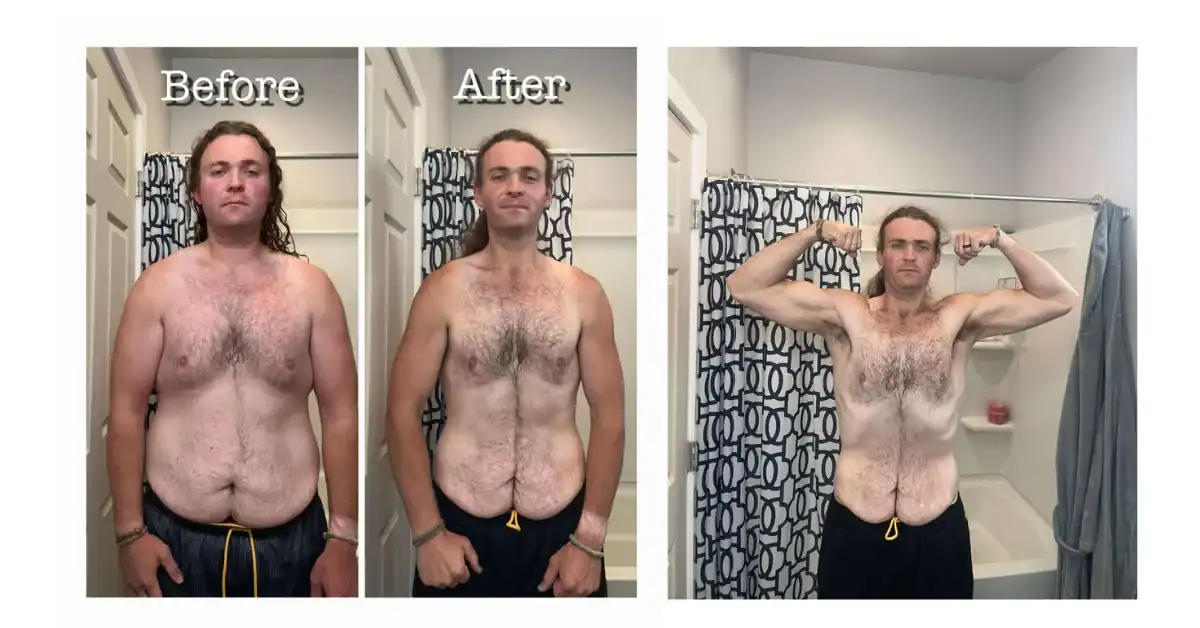
Data from the Fast
I weighed myself every day using a BIA scale. They aren’t 100% accurate, but they helped me establish a baseline of data. I’ll include data for Day 1, Day 42, and 2 weeks post-fast:
| Measurement | Imperial (lbs) | Metric (kg) |
|---|---|---|
| Day 1 | ||
| Weight | 241 lbs | 109.3 kg |
| Fat weight | 62.2 lbs | 28.2 kg |
| Muscle weight | 166.9 lbs | 75.7 kg |
| Bone weight | 11.9 lbs | 5.4 kg |
| Day 42 | ||
| Weight | 191 lbs | 86.6 kg |
| Fat weight | 29.8 lbs | 13.5 kg |
| Muscle weight | 150.4 lbs | 68.2 kg |
| Bone weight | 10.8 lbs | 4.9 kg |
| 2 Weeks Post-Fast | ||
| Weight | 207 lbs | 93.9 kg |
| Fat weight | 30.0 lbs | 13.6 kg |
| Muscle weight | 165.5 lbs | 75.1 kg |
| Bone weight | 11.9 lbs | 5.4 kg |
Change from Day 1 to 2 Weeks Post-Fast
| Category | Change (lbs) | Change (kg) |
|---|---|---|
| Weight | –34 lbs | –15.4 kg |
| Fat weight | –32.2 lbs | –14.6 kg |
| Muscle weight | –1.4 lbs | –0.6 kg |
| Bone weight | 0 lbs | 0 kg |
Interesting Things to Note from the Data
I initially lost 50 lbs (22.7 kg) total, but within the first 4 days, I gained back almost 16 lbs (7.3 kg)! But if you look at the data, the interesting thing to note is that I also “lost” about that same amount in muscle during the fast and immediately “gained” that muscle back.
I am led to believe that this was due to water leaving my muscles during the fast, and then once I started introducing food again, my muscles filled back up with water.
I also hold the theory that because of the huge increase in growth hormone during long-term fasting, coupled with the fact that I didn’t let my muscles atrophy due to lack of use while fasting, my body was able to focus on burning excess fat and not burn muscle.
I have since stayed in a calorie deficit the 2 weeks post-fast, so there is no way I would have gained fat mass, especially in such a short period of time. Also, I think this is the same with my bone mass. The scale showed a 1 lb (0.45 kg) loss of bone mass, but then I “gained” that back immediately after the fast.
This event has taught me three big things:
- That our bodies are truly amazing and capable of so much.
- I can do hard things, and I want to teach my children they can do hard things.
- God is good, and He 100% supported me during this and will continue to support me in righteous endeavors.
Understanding Fasting
Fasting simply means not eating for a period of time. Unlike starvation, which is involuntary and harmful, fasting is intentional and controlled. People fast for a variety of reasons: spiritual clarity, metabolic health, weight management, or longevity.
The most common method today is intermittent fasting.
A 2019 review in The New England Journal of Medicine found that intermittent fasting improves insulin sensitivity, supports weight loss, and reduces inflammation — benefits that go far beyond the scale (de Cabo & Mattson, 2019).
But those aren’t even the most interesting effects.

Types of Fasting
Fasting isn’t just one-size-fits-all. It comes in many forms, each with unique benefits and considerations. Knowing the different types of fasting can help you choose the approach that fits your lifestyle and health goals best.
1. Intermittent Fasting (IF)
Intermittent fasting is one of the most popular fasting methods worldwide. It involves cycling between periods of eating and fasting within a day or week. The two most common schedules are:
- 16:8 method: Fast for 16 hours daily and eat during an 8-hour window. For example, eating only between noon and 8 p.m.
- 5:2 method: Eat normally for five days a week, but limit calorie intake to about 500–600 calories on the other two, non-consecutive days.
Why it works: IF encourages your body to burn stored fat during fasting periods while improving metabolic markers. A comprehensive 2019 review in The New England Journal of Medicine concluded that IF supports weight loss, improves insulin sensitivity, and reduces inflammation, which are key factors for preventing metabolic diseases.
Because IF fits easily into daily life and doesn’t require eliminating any food groups, many people find it sustainable long term.
2. Time-Restricted Eating (TRE)
TRE is a specific type of intermittent fasting that focuses on eating all your meals within a shorter daily window, usually 6 to 10 hours, and fasting the rest of the day.
Unlike general calorie restriction, TRE aligns eating with your circadian rhythm, your body’s internal clock that regulates sleep, hormone release, and metabolism. For example, eating between 8 a.m. and 4 p.m. and fasting afterward.
This alignment helps your body process food more efficiently and can improve metabolic health. A 2020 study published in Cell Metabolism found that early TRE (eating earlier in the day) improved insulin sensitivity, lowered blood pressure, and reduced oxidative stress—even when participants did not lose weight (Sutton et al., 2020).
3. Extended Fasting
Extended fasting refers to abstaining from all or most calories for more than 24 hours, sometimes lasting 48 to 72 hours or more. This type is often practiced less frequently and should be done only under medical supervision, especially if exceeding two days.
Potential benefits: Extended fasting can trigger profound cellular repair mechanisms like autophagy and help reduce inflammation. It may also help reset immune function, as suggested by a 2014 study that observed regeneration of immune cells after prolonged fasting MedicalNewsToday.
Risks: Prolonged fasting can cause nutrient deficiencies, electrolyte imbalances, fatigue, and dizziness if not properly managed. It’s not suitable for everyone, especially those with medical conditions or pregnant women.
4. Alternate-Day Fasting (ADF)
ADF is a pattern where fasting days alternate with eating days. On fasting days, you either consume no calories or restrict intake to about 500 calories. On non-fasting days, you eat normally.
A 2017 clinical trial in JAMA Internal Medicine demonstrated that ADF effectively promotes weight loss and improves cardiovascular health markers, such as blood pressure and cholesterol levels (Trepanowski et al., 2017).
While effective, ADF can be challenging to sustain due to the strict calorie limitations on fasting days.
5. Religious Fasting
Many religions incorporate fasting as part of spiritual practice, with some patterns overlapping with scientific fasting methods.
- Ramadan fasting: Observed by Muslims worldwide, involves refraining from food and drink from sunrise to sunset for about 29-30 days. Despite the daytime fast, many studies show that when done mindfully, Ramadan fasting may improve metabolic health, reduce oxidative stress, and support weight regulation (Kul et al., 2014).
- Other traditions such as Lent in Christianity, Yom Kippur in Judaism, and fasting in Buddhism also practice fasting with various durations and restrictions.
Religious fasting often combines physical benefits with mental and spiritual well-being, reinforcing the holistic nature of fasting.
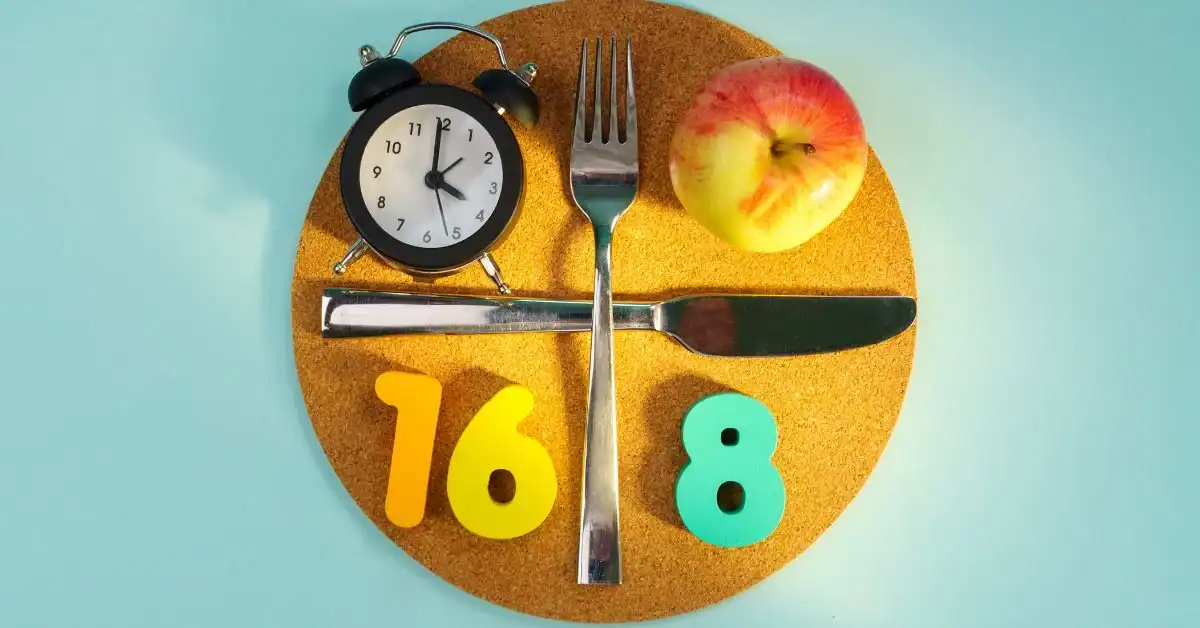
Summary Table
| Type | Duration | Key Benefits | Considerations |
|---|---|---|---|
| Intermittent Fasting | 16–24 hours daily/weekly | Weight loss, insulin sensitivity | May cause hunger, adjustment period |
| Time-Restricted Eating | Eating window of 6–10 hrs | Supports circadian rhythm, metabolic health | Timing important for best results |
| Extended Fasting | >24 hours | Cellular repair, autophagy, immune reset | Should be supervised medically |
| Alternate-Day Fasting | Every other day | Weight loss, cardiovascular health | Difficult to sustain long term |
| Religious Fasting | Varies (e.g., sunrise to sunset) | Spiritual and physical health benefits | Should be practiced mindfully |
What Is Autophagy?
Autophagy (pronounced aw-TAH-fuh-jee) is a natural process your body uses to break down and recycle damaged or worn-out parts of your cells.
The word comes from Greek: “auto” (self) and “phagy” (eating)—literally “self-eating.” But don’t worry, it’s not as alarming as it sounds.
Think of it as cellular recycling. Instead of letting broken-down proteins and organelles pile up like junk in a garage, your cells identify what’s no longer working, break it down, and reuse the parts. This helps your cells function better, use energy more efficiently, and protect against disease.
The concept of autophagy dates back to Christian de Duve, who first coined the term in the 1960s after discovering lysosomes—tiny organelles that digest cellular debris. His work laid the foundation for understanding how cells maintain balance and order internally (de Duve, 2016).
Decades later, Yoshinori Ohsumi built on this foundation by uncovering the molecular machinery behind autophagy in yeast cells. His groundbreaking research earned him the 2016 Nobel Prize in Physiology or Medicine (NobelPrize.org).
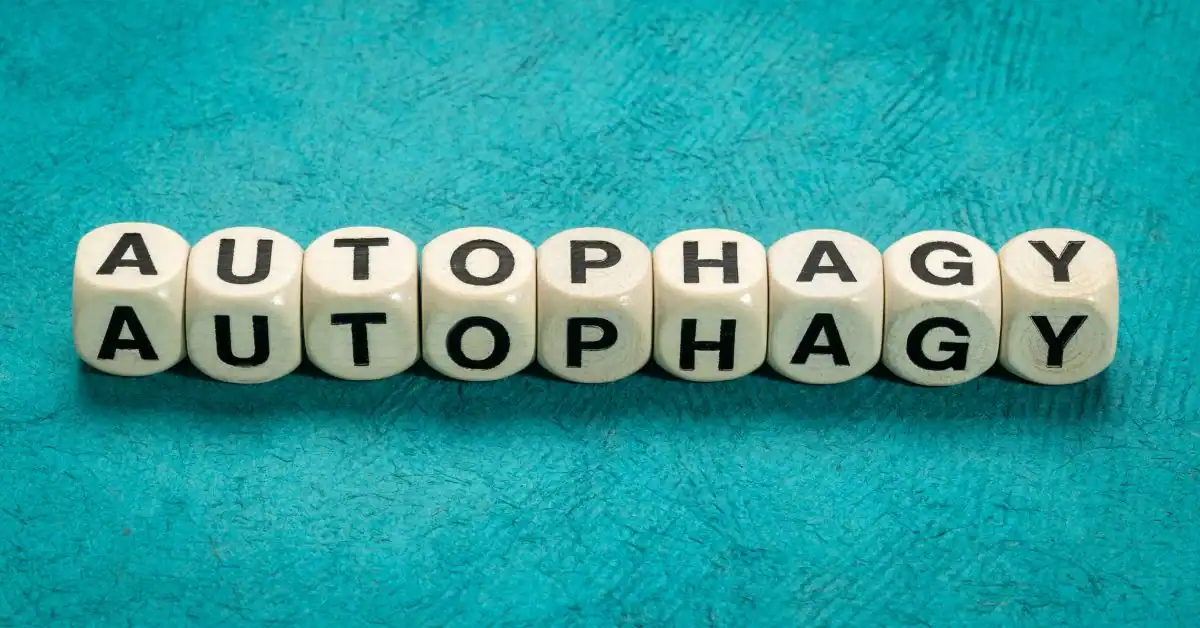
How Fasting Activates Autophagy
Your body is like a smart machine that’s always paying attention to what’s happening inside it. One of the most important things it watches for is food, or more exactly, the nutrients from food like sugar (glucose) and building blocks of protein (amino acids).
What Happens When You Don’t Eat?
When you eat, your cells get a steady supply of energy and nutrients. They’re happy, busy growing, and doing their jobs.
But when you fast, which means you stop eating for some time, your cells notice there isn’t enough food coming in. They realize there’s less glucose and amino acids to use.
This tells the cells:
“Hey! We don’t have new supplies right now. Time to switch gears.”
Switching from Growth to Cleanup Mode
Since there isn’t enough food, your cells stop focusing on growth and new building. Instead, they switch to maintenance mode, like cleaning up and fixing what’s broken inside.
Your cells start looking around for old, damaged parts inside themselves. Kind of like how you clean your room by finding broken toys or trash.
This cleanup process is called autophagy.
The word means “self-eating” because your cells actually “eat” or recycle their own broken parts to use the pieces again.
Why Is This Important?
Think about your room again. If you never cleaned it, trash would pile up, and you wouldn’t have space to do new things. The same goes for your cells. If they keep broken parts around, they can’t work properly.
Autophagy helps by:
- breaking down damaged parts inside cells;
- recycling these parts to make energy or new cell parts;
- keeping your cells healthy and working well.
How Does Your Body Know to Start Autophagy?
Scientists found out that when your cells don’t get enough nutrients, it sends a signal to start autophagy. One important part of this signal is something called the ULK1 complex (it’s like a tiny switch inside cells that turns autophagy on).
A big study in 2009 published in the journal Nature showed this clearly — when nutrients like glucose and amino acids go down, ULK1 activates autophagy to help cells survive during tough times (Mizushima & Komatsu, 2009).
Other Ways to Turn on Autophagy
Fasting is the most natural and studied way to switch on autophagy, but it’s not the only one. Other activities can also do it:
- exercise: when you work out, your muscles get stressed a little, which also helps turn on autophagy to repair muscle cells;
- calorie restriction: eating fewer calories every day without fully fasting can also trigger autophagy;
- some medicines: scientists are studying medicines that might help activate autophagy to treat diseases.
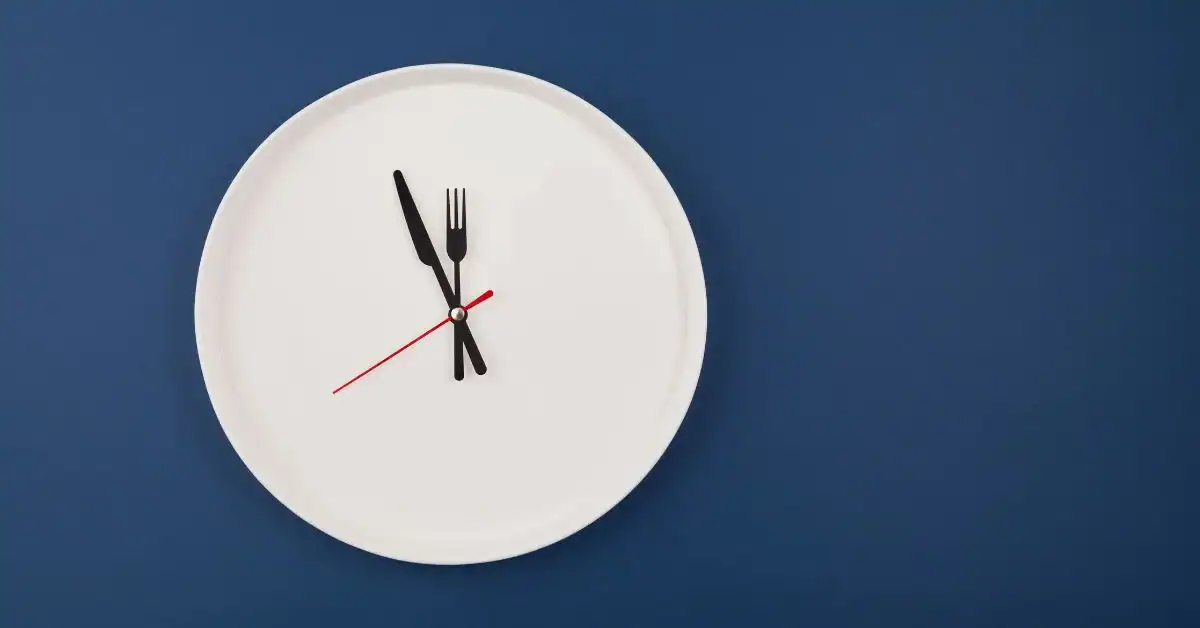
What Happens Inside Your Cells During Autophagy?
Imagine your body is like a big city made up of billions of tiny factories called cells. Each cell has many parts that help it work properly, like machines in a factory. Sometimes, parts inside cells get old, broken, or don’t work right anymore. If the cell kept those broken parts, it would slow down or even stop working well.
That’s where autophagy comes in. As I mentioned above, it’s the cell’s special cleanup system.
I will share the step-by-step process of how your cells clean themselves up.
- Finding the broken stuff:
Inside the cell, some parts can be damaged. For example, proteins might fold the wrong way (like a crumpled paper), or little energy factories called mitochondria might stop working properly. The cell knows these parts are no good anymore. - Wrapping it up:
The cell then wraps these damaged parts inside a little bubble called an autophagosome (say it “aw-TAH-fuh-goh-sohm”). Think of it like putting broken toys into a box to take them away. - Taking it to the recycling center:
This bubble travels to a special compartment inside the cell called the lysosome (say it “LIE-soh-sohm”). The lysosome is like a recycling center. It breaks down the damaged parts into tiny pieces. - Recycling and reusing:
After breaking things down, the cell takes the useful bits, like building blocks, and uses them to make new proteins, enzymes, or energy to keep the cell running smoothly.
This process helps your cells stay clean, healthy, and work better. It’s like having a cleaning crew that keeps the city’s factories running without clutter or broken machines.
Why Is Autophagy So Important?
Autophagy isn’t just about cleaning. It’s also about keeping you healthy and protecting you from diseases.
Scientists have found that when autophagy doesn’t work well, it can lead to many problems. For example:
- it can cause cancer, because damaged parts inside cells might cause mistakes in DNA (the instructions for your body);
- it’s linked to diseases like Alzheimer’s and Parkinson’s (which affect the brain);
- it can affect your heart, blood vessels, and cause problems with metabolism.
Furthermore, autophagy helps get rid of harmful things inside cells, like damaged DNA, toxic proteins, and even viruses or bacteria trying to cause infections. So, it’s like a defense system protecting your body. (NEJM)(NCBI)
Fasting and Diabetes
For people with type 2 diabetes, a condition where the body has trouble using sugar properly, fasting has shown some hope.
A 2018 study in BMJ Case Reports showed that some people with type 2 diabetes were able to improve their health and even get remission (meaning the disease got much better) by doing intermittent fasting carefully and with doctors watching them (Fung et al., 2018).
Fasting helped these people by making their bodies more sensitive to insulin (the hormone that controls blood sugar) and by reducing fat in the pancreas and liver, the organs important for controlling blood sugar.
But this is very important: people with diabetes should never start fasting without medical supervision because fasting can sometimes cause blood sugar to drop too low, which is dangerous.
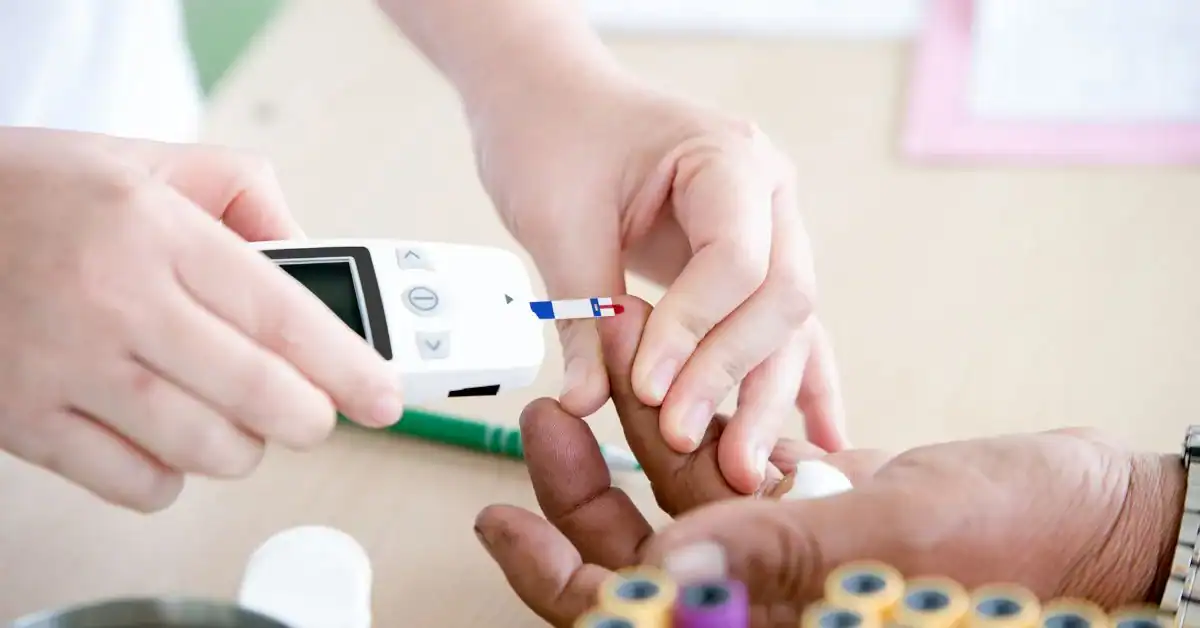
Benefits People Commonly Report
Besides the benefits I already mentioned, fasting can help your body and mind in the following ways.
1. Improves Heart Health
Fasting can help lower things in your blood that cause heart problems, like bad cholesterol (called LDL) and triglycerides (a type of fat). A study in Nutrition Reviews (2015) showed that intermittent fasting may help reduce heart disease risks by improving these numbers (Tinsley & La Bounty, 2015).
2. Boosts Brain Health
Fasting can help your brain work better by increasing the production of something called brain-derived neurotrophic factor (BDNF). This is a protein that helps brain cells grow and stay healthy. Higher BDNF levels are linked to better memory and protection against diseases like Alzheimer’s (Mattson et al., 2018).
3. Supports Longevity (Living Longer)
Some animal studies have found that fasting can help animals live longer and stay healthier as they age. Scientists believe this happens because fasting helps your body repair itself and reduce damage inside cells. While more research is needed in humans, fasting is seen as a promising way to support a longer, healthier life (Longo & Mattson, 2014).
4. Helps Reduce Inflammation
Inflammation is the body’s way of fighting illness, but too much inflammation can cause pain and sickness. Fasting helps reduce inflammation, which may protect against chronic diseases like arthritis and asthma (de Cabo & Mattson, 2019).
5. Improves Gut Health
Your gut (stomach and intestines) has lots of bacteria that help digest food. Fasting gives your gut a break, which may help balance these bacteria and improve digestion. A healthy gut is important for your whole body’s health.
6. Enhances Hormone Balance
Fasting helps your body manage hormones better. For example, it can increase human growth hormone (HGH), which helps build muscle and burn fat. In addition, it helps control insulin, the hormone that manages blood sugar.
Risks and When to Be Careful
Even though fasting can have great benefits, it’s not right for everyone. Some people might feel some side effects, especially when they first start fasting:
- headaches: your head might hurt a little because your body is getting used to less food;
- dizziness: you might feel light-headed if your blood sugar drops;
- feeling grumpy or irritable: sometimes fasting can make people feel moody;
- low energy: without food, you might feel tired or weak;
- hormone changes: fasting can affect hormones, which control many parts of your body. For example, it might affect your mood or your period if you’re a female;
- binge eating: sometimes after fasting, people might eat a lot too fast, which isn’t healthy.
Who Should Be Extra Careful?
Some people need to talk to their doctor before trying any kind of fasting, such as:
- people with diabetes, because fasting can make blood sugar too low;
- people with low blood pressure, because fasting can make it drop even more;
- anyone who has had problems with eating disorders like anorexia or bulimia;
- pregnant or breastfeeding women should avoid fasting unless their doctor says it’s okay.
How to Start Fasting Safely: A Step-by-Step Guide
If you’re thinking about trying fasting, it’s important to begin carefully and listen to your body. Starting too fast or too long can cause unwanted side effects, so taking small steps helps your body adjust smoothly.
1. Begin with a Short Overnight Fast (12–14 Hours)
For beginners, fasting overnight for about 12 to 14 hours is a simple and effective way to ease into fasting. This often means finishing your last meal by 7 or 8 p.m. and then eating breakfast around 7 or 8 a.m. the next day.
- This method aligns with your body’s natural circadian rhythm, which controls sleep and hunger cycles.
- It’s gentle and usually easy to stick to without feeling overly hungry or tired.
- Starting with this approach to minimize side effects while gaining health benefits.
2. Gradually Increase Fasting Time
Once your body adjusts to 12–14 hours, you can slowly extend your fasting window. Many people aim for the popular 16:8 method, fasting for 16 hours and eating during an 8-hour window.
- Increasing fasting time gradually helps avoid headaches, dizziness, or irritability.
- It’s important to pay attention to how your body feels during this adjustment period.
3. Stay Hydrated
Drinking water throughout your fasting period is essential. Water keeps you hydrated and helps reduce feelings of hunger.
- Herbal teas or black coffee (without sugar or cream) are usually okay during fasting but check with a healthcare provider if unsure.
- Hydration as a key part of successful fasting practices.
4. Eat Balanced, Nutrient-Rich Meals
During your eating window, focus on foods that provide essential nutrients:
- plenty of vegetables and fruits;
- whole grains;
- lean proteins (like fish, chicken, beans);
- healthy fats (like nuts, seeds, olive oil).
Good nutrition supports your body and keeps energy levels steady.
5. Listen to Your Body
It’s normal to feel hungry or tired when you start fasting, but if you experience severe symptoms like dizziness, weakness, or confusion, it’s important to stop fasting and seek medical advice.
- Don’t push yourself too hard, especially if you have existing health conditions.
- Fasting should be personalized and medically supervised for those with certain health conditions such as diabetes.
6. Consult a Healthcare Provider
Before beginning any fasting routine, consult with your doctor. Especially if you have health concerns like diabetes, low blood pressure, or pregnancy.
- They can help you determine if fasting is safe for you and suggest the best approach.
- Medical supervision is especially important for longer fasts or if you take medications.
Final Words
Fasting isn’t just a trend. It’s a tool that taps into your body’s natural self-repair system. Autophagy, the process of cellular renewal, offers an exciting avenue for supporting long-term health and resilience.
Still, it’s not a one-size-fits-all solution. While research is promising, fasting should be approached with caution, especially for those with medical conditions. Always consult your doctor before starting a fasting regimen.
Medical Disclaimer
This article is for informational purposes only and does not substitute for medical advice. Always consult your healthcare provider before making changes to your diet, especially if you have any existing health conditions.